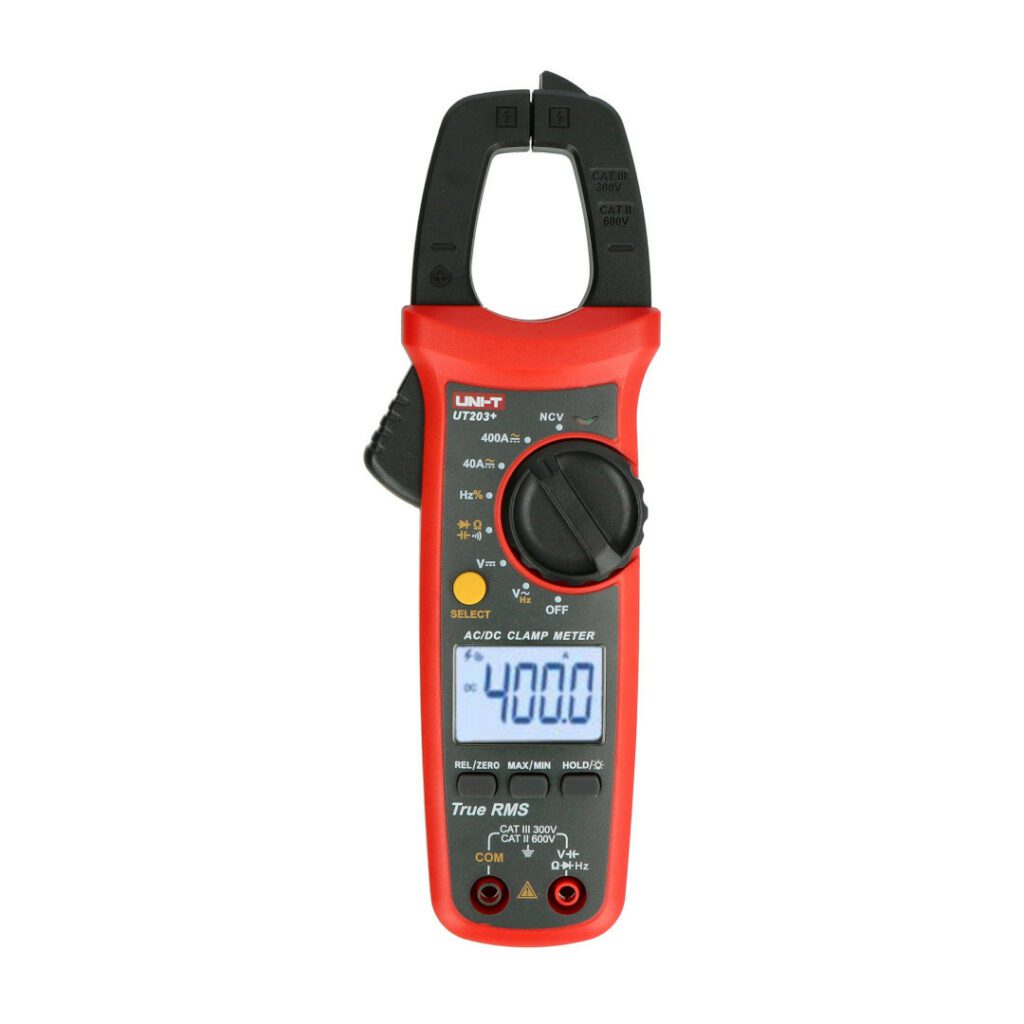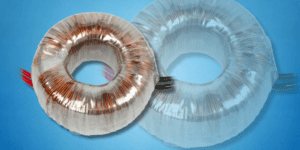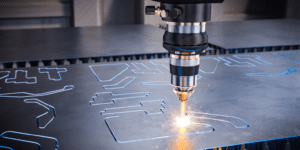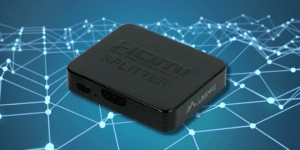Spis treści:
Clamp meter - what is it and what is it used for?
When it comes to electrical clamp meters, which are used to measure current, it can be said that their development is related to advances in electrical engineering and electricity. In the 19th century, with the development of the theory of electromagnetism and the invention of direct current (DC) and alternating current (AC), the basis for the development of measuring devices for electric current emerged. One of the first significant steps toward the development of a meter was the clamp galvanometer of André-Marie Ampère, a French physicist who in the 1920s. In the 19th century, he studied the relationship between electric current and magnetic field. We owe him not only the name of the unit of electric current – it was his work that had the greatest impact on the development of meters as we know them today.
What are clamp meters?
Clamp meters for measuring current have other, more puzzling names – they are clamp ammeter meters or clamp ammeters. These practical measuring devices are used to measure the intensity of electric current flowing through an electric wire without breaking the circuit. They provide a convenient and safe tool for electricians, technicians and engineers to make current measurements in a variety of applications.
Measuring current alone without breaking the circuit has many benefits and useful applications in electrical and electrical engineering. Among them, safety certainly ranks first: Breaking a circuit to allow current measurement can be dangerous, especially when dealing with high currents or working in conditions where it would be difficult or impossible to break the circuit.
Measuring current without breaking the circuit eliminates the risk of electric shock or damage to the device. For systems, machines or equipment that cannot be shut down or interrupted, measuring current without interrupting the circuit allows real-time monitoring and diagnosis of operation without having to stop the production process. Measuring current without breaking the circuit provides more accurate and precise results because the current is measured under the natural conditions of the circuit, rather than after a break – speed and convenience are involved.
These are key assets when conducting activities such as diagnostics and monitoring, which helps detect potential problems, failures or overload conditions. Equally important is the type of current – some clamp meters are designed to measure direct current, others for alternating current (DC and AC), and some are multifunctional and can measure both types of current.
Construction of the clamp meter
The characteristic element of a clamp meter is the pincers, which are handles that open in the shape of tongs or pliers. The clamps are made of conductive metal and allow the meter to be attached to the wire through which the current flows. The clamp meter must have a measuring scale or digital display that shows current in units of amperes (A). Measurement Accuracy: The measurement scale allows precise reading of the current value. The corresponding scale allows current values to be estimated with greater accuracy, which is used in fields requiring high precision, not only such as amateur and semi-professional electronics, but even scientific research. Today’s advanced clamp meters may have additional buttons and functions, such as changing the measuring range, measuring voltage, resistance, frequency, temperature, as well as the ability to store measurement results.
Clamp meter - how to use?
Operation of the clamp meter is relatively simple, but there are some common mistakes, as well as the dangers that flow from making them. You can guess some of it if you carefully read the earlier part of the article. We chose ten common ones.
- Choosing the wrong measuring scale can lead to overrange of the meter, which causes overloading and damage to the device. Make sure you choose the right scale for the expected measurement range.
- Incorrect placement of the clamps around the wire can lead to measurement errors. Make sure that the pincers are properly closed and hold the cable at the indicated distance.
- Clamp meters can be adapted to measure direct current (DC) or alternating current (AC). Using the wrong type of meter for the type of current can lead to erroneous readings.
- For digital or calibratable meters, failure to calibrate properly can lead to inaccurate measurements. Regularly check and calibrate the meter according to the manufacturer’s instructions.
- Make sure the meter and measurement results are in the correct units (e.g., amps, mA). An incorrect unit is an incorrect calculation and interpretation of the results.
- Clamp meters can be sensitive to the influence of external electromagnetic sources or magnetic fields, which can affect measurement results. Take measurements under controlled conditions.
- In the case of DC, it is important to read the value from the zero line calibration(offset or zero-offset, which is the reference point of the value when no input data is present) to eliminate the influence of distortion on the measurement results.
- Breaking the clamps violently or bending them excessively can lead to damage to the device.
- For very small currents or accurate measurements, the resistance of the meter’s clamp leads can affect the measurement results – so it should be taken into account.
- Disregarding the manufacturer’s instructions and recommendations.
Clamp meter in the home and workshop
Clamp meters can be successfully used in a home workshop by non-electrical professionals. If you are interested in the power consumption of your refrigerator, TV, microwave oven or charger, this is a great help in identifying those appliances that use too much energy. If you have problems with fuses tripping or suspect overloads in your electrical system, a clamp meter can help you identify a wire or device that is generating a lot of current. Another common use of a clamp meter is to check the state of charge of batteries, both internal (such as batteries in electronic devices) and external, such as batteries in emergency power supplies.
How useful was this post?
Click on a star to rate it!
Average rating 0 / 5. Vote count: 0
No votes so far! Be the first to rate this post.







